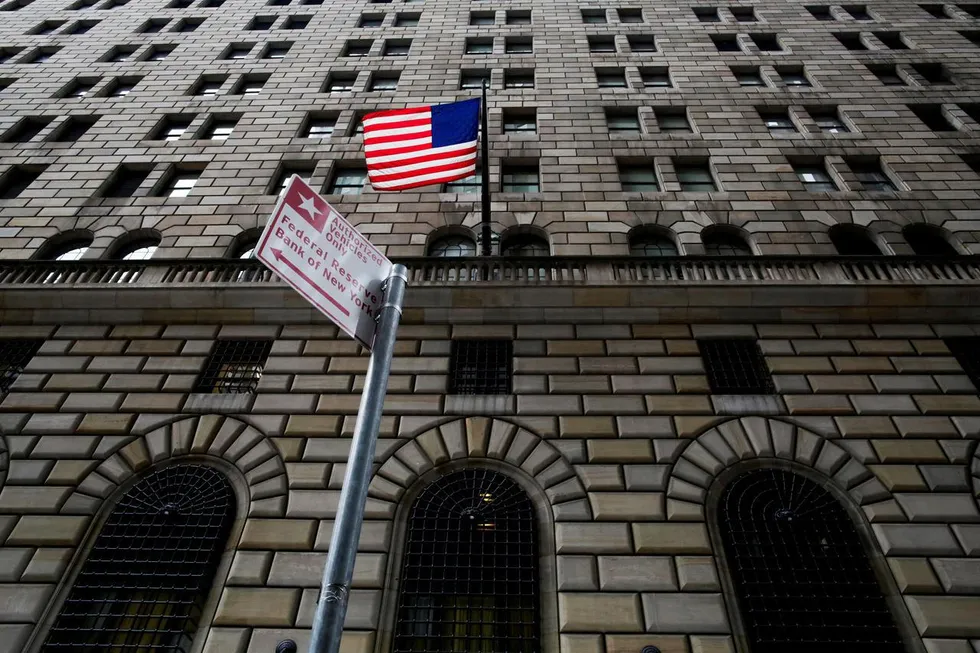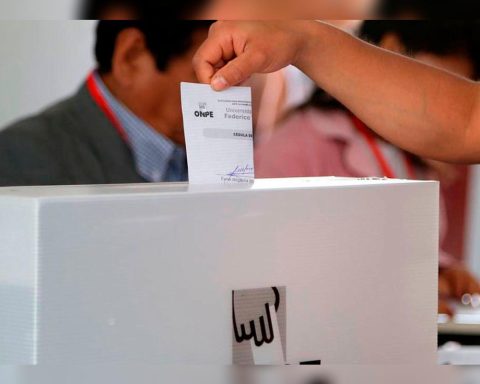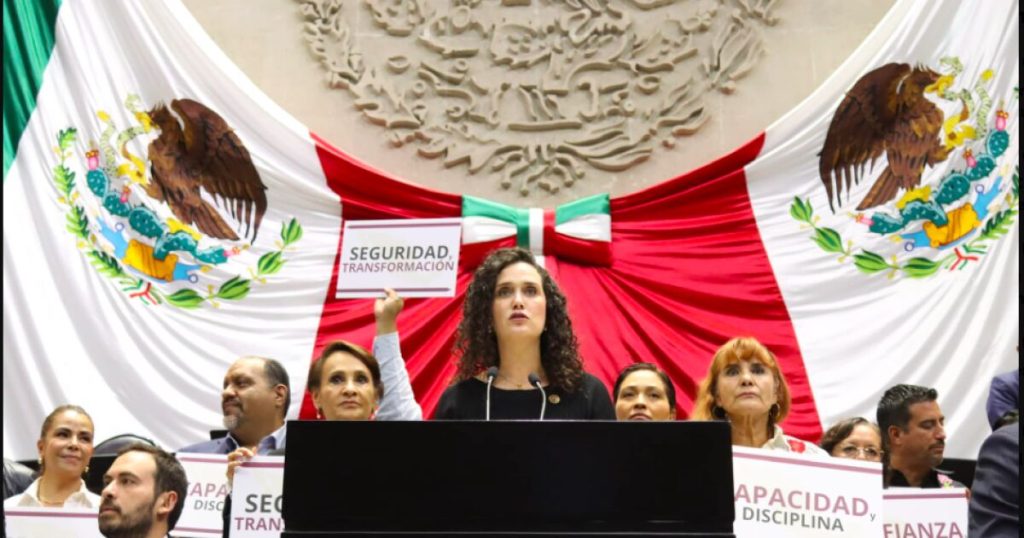By: Pedro Otero, Risk Manager at AFP Integra
You might be wondering, how are Goldilocks and investments related? But first let’s start by explaining what the dual mandate is. It is the mandate given to the System of the Federal Reserve (FED), which has a dual objective: to maintain low unemployment and low inflation. The dilemma is that these two objectives are inversely correlated, that is, when one goes up, the other goes down. For example, when there is a recession, unemployment increases, consumers have less money to spend and inflation decreases. On the contrary, when there is more work, consumers have more money, they offer more for goods and inflation increases.
What actions does the Fed take to achieve its objectives? When the economy cools down and unemployment is very high, it lowers the reference interest rate because, with lower rates, investment increases, the economy is stimulated and unemployment decreases.
If unemployment and inflation are inversely correlated, how does the Fed achieve both objectives simultaneously? To solve this dilemma, it must adjust the interest rate until it reaches the perfect equilibrium, one that does not generate excessive inflation or excessive unemployment; one that does not cause the economy to be too hot or too cold. This is where the reference is made to the scene in the story of “Goldilocks and the Three Bears”, when the protagonist enters the bears’ house, tastes the three bowls of porridge and prefers the one that is neither too hot nor too cold. In this way, the Goldilocks scenario is one in which the Fed manages to move the interest rate at the perfect speed, maintaining the balance between the two objectives.
The US economy is currently experiencing declining inflation and rising unemployment. Three scenarios are emerging: i) the Fed cuts rates too slowly, the economy cools too quickly and a recession sets in; ii) it cuts rates too quickly, unemployment remains low but inflation expectations rise, pushing up long-term rates; and iii) the Goldilocks scenario, a perfect landing.
Which scenario is reflected in market prices? The first is ruled out, since the risk premium paid for speculative-grade bonds is at a level too low to expect a recession. The second is unlikely, since future inflation expectations continue to be anchored. Thus, for the market, Goldilocks is the most likely scenario.
Given the importance of the US economy in global investments, the speed at which the Fed implements its monetary policy will have a significant impact on all markets. How will the Goldilocks story end in the world of dual mandates?

















